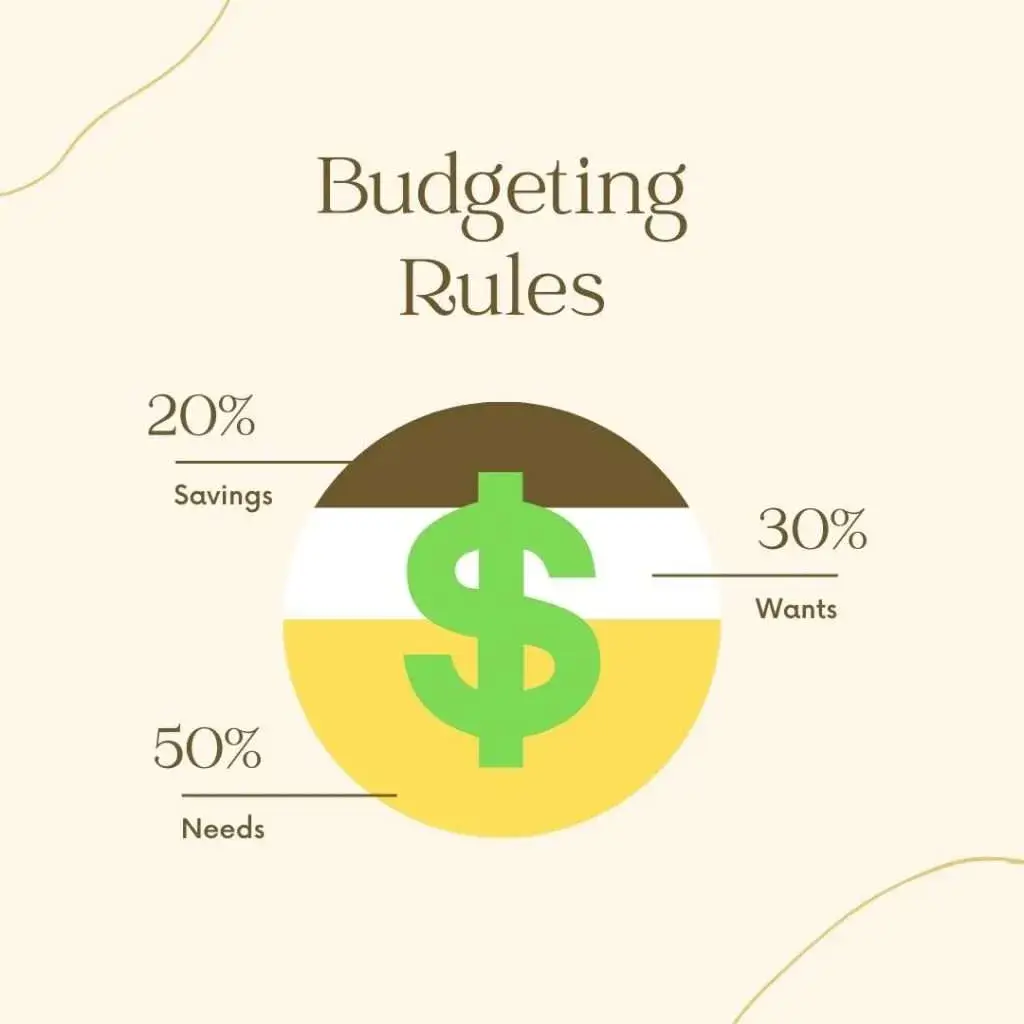Business Budgeting Software
Quicken business budgeting software
Best 5 Business Budgeting Software Alternatives

NetSuite Cloud Accounting
- Comprehensive suite covering a wide range of business functions
- Scalable solution suitable for growing businesses
- Strong customization capabilities.
- Increase accounting accuracy

QuickBooks for small business
- User-friendly interface
- Strong reporting and accounting features
- Wide range of integrations
- Plans for every kind of business

ZOHO CRM
- Affordable pricing
- Strong automation features to save time
- Seamless integration with other Zoho apps
- End-to-end accounting

Invoicing and Accounting
- Intuitive and easy to use
- Excellent invoicing and time tracking capabilities
- Offers a trial period for each plan
- Good customer support.

ERP and CRM
- Highly customizable and flexible
- Integrated suite of applications
- Open-source with an active community
- All in one pricing
Selecting the Right Business Budgeting Software
When searching for the right business budgeting software, businesses should approach the process methodically to ensure they select a solution that best meets their unique needs. Here are some key steps to consider:
Assess Your Business Needs: Understand the specific budgeting requirements of your business. Consider factors like the size of your business, the complexity of your financial structures, and specific features you need, such as forecasting, scenario planning, or integration with other systems.
Research Options: Look for business budgeting software that caters to your industry and business size. Use keywords like “business budgeting software” to find and list potential options. Read reviews and case studies to understand how different software has worked for businesses similar to yours.
Compare Features and Pricing: Evaluate each software option based on its features, ease of use, scalability, and pricing. Ensure the software can handle your current needs and grow with your business. Consider both upfront costs and long-term value.
Check for Integrations: Your budgeting software should seamlessly integrate with other tools and systems you use, such as accounting software, ERP systems, and CRM platforms. This integration capability is crucial for efficient data flow and comprehensive financial management.
Request Demos and Trials: Before making a decision, request demos or free trials to test the software in a real-world scenario. This step will help you gauge the software’s usability and whether it fits your business workflow.
Consider Support and Training: Look into the level of customer support and training provided. Good customer service and adequate training are essential for smooth implementation and usage.
Read User Feedback: Pay attention to user reviews and feedback, focusing on comments about reliability, customer support, and any software limitations.
Make a Decision: Based on your research, choose the software that best aligns with your business needs, budget, and long-term goals.
Remember, the right business budgeting software should not only help you manage and plan your finances but also provide insights and analytics to support strategic decision-making.
Current Trends in 2024
The current trends in budgeting and accounting software reflect the evolving needs of businesses for more integrated, intelligent, and user-friendly solutions. Recognizing the overlap between budgeting and accounting functions, these trends aim to provide comprehensive financial management tools that streamline processes, enhance decision-making, and improve overall efficiency. Here’s an intuitive summary of these trends to guide your purchasing decision:
Integration and Interoperability: Modern software solutions are increasingly designed to work seamlessly with other business tools, such as CRM systems, payroll services, and e-commerce platforms. This integration ensures that data flows smoothly between systems, reducing manual data entry and the potential for errors.
Cloud-Based Solutions: The shift towards cloud-based software continues to dominate, offering businesses the flexibility to access their financial data from anywhere, at any time. This trend supports remote work environments and ensures that data is securely stored and backed up off-site.
Artificial Intelligence and Automation: AI and automation are becoming standard features, enabling software to perform tasks such as categorizing expenses, reconciling transactions, and even predicting cash flow trends. This not only saves time but also provides deeper insights into financial data.
Real-Time Reporting and Analytics: Businesses demand up-to-the-minute financial information to make informed decisions quickly. Modern software offers real-time reporting and analytics, providing a clear view of financial performance and identifying trends and opportunities.
User-Friendly Interfaces: As software becomes more powerful, there’s a parallel trend towards making it more accessible. User-friendly interfaces and simplified dashboards ensure that even those without a background in finance can effectively manage their business’s finances.
Customization and Scalability: Businesses need software that can grow with them, adapting to changing needs. Customizable and scalable solutions allow companies to add features or users as required, ensuring the software remains a good fit over time.
Compliance and Security: With increasing regulatory requirements and cybersecurity threats, compliance and security features are top priorities. Look for software that offers robust security measures and keeps up with the latest tax laws and financial regulations.
When choosing budgeting and accounting software, consider how these trends align with your business’s specific needs. Opt for a solution that offers the right mix of features, usability, and scalability to support your business both now and in the future.





